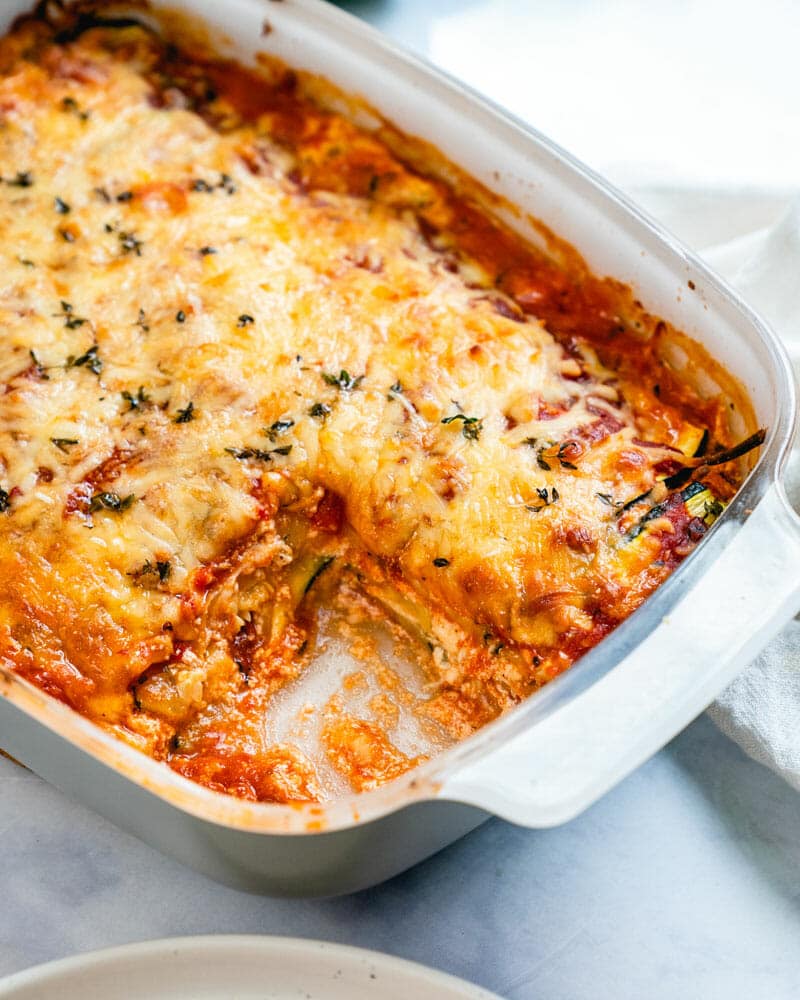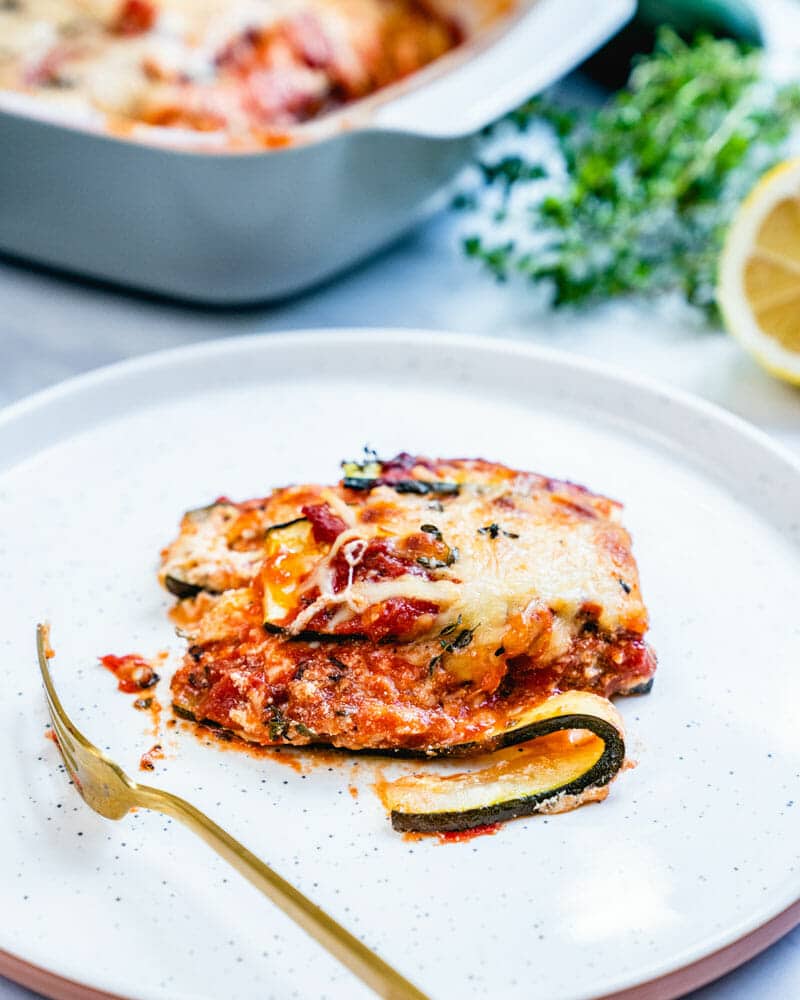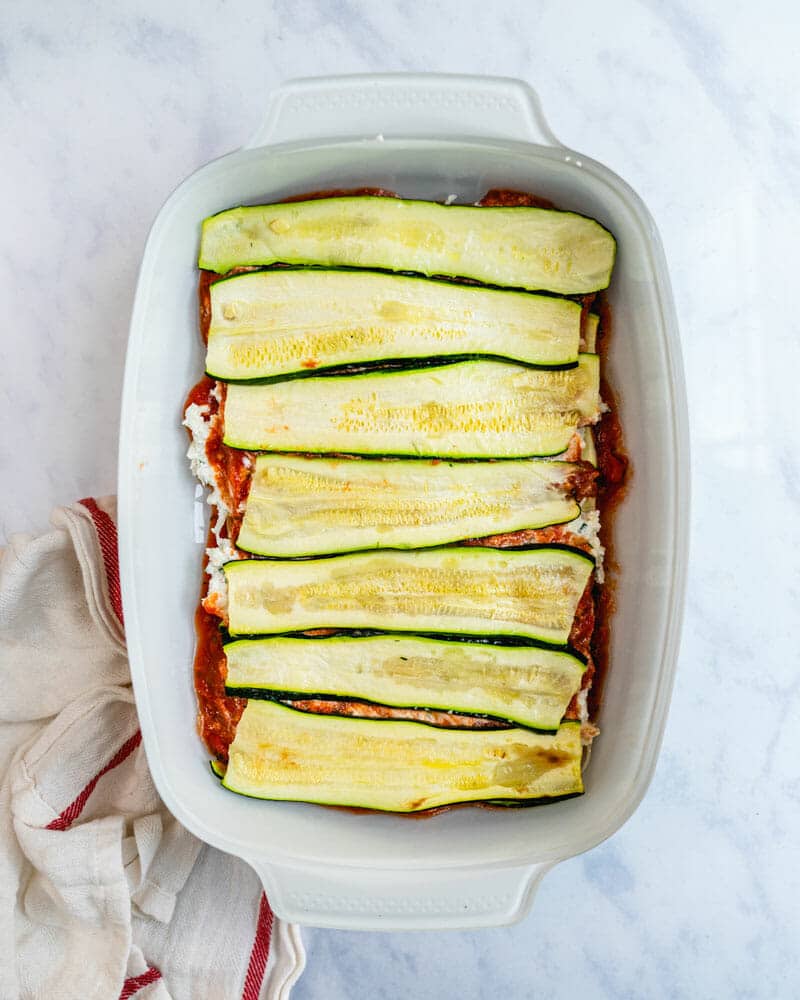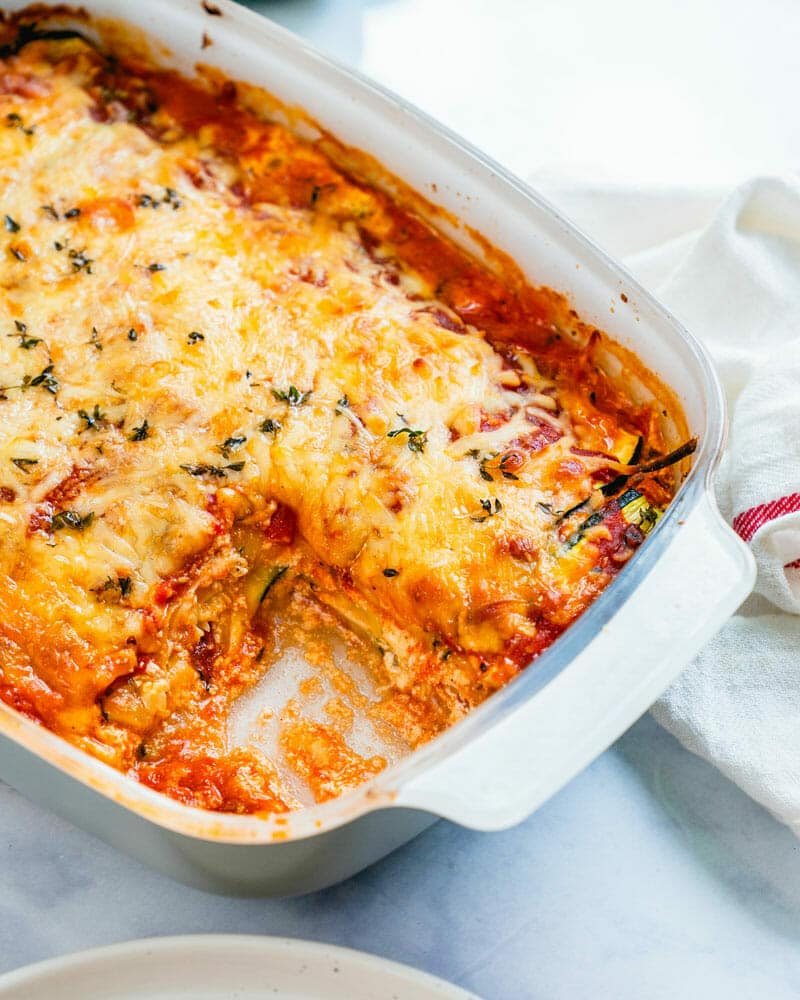This simple corn soup is a seasonal way to enjoy fresh corn! The sunny flavor is sweet and nuanced, and it’s full of healthy vegetables.

Want a corn recipe outside of eating it on the cob? Try this Fresh Corn Soup! It’s a new favorite around here. The flavor is sweet and nuanced, full of vegetables like onion, celery, potatoes, and of course: loads of corn! Many corn soup recipes are heavy with rich cream and butter, but this one is light and healthy. On its own it’s vegan and plant-based, but we like serving it with a dollop of sour cream to make it a little more filling. Here’s how to make this tasty seasonal treat!
Ingredient notes for corn soup
This fresh corn soup is different from a corn chowder. Instead of rich and creamy, this healthy soup is fresh and full of vegetables. It’s partially blended to have a chunky texture: or you can fully puree it to have it smooth. It’s up to you! We like it partially blended so it’s got both body and chunks, but that’s just us. Here are some notes on the main ingredients you’ll need:
- Fresh corn on the cob: Make this soup only when you get get seasonal, ripe corn on the cob. Out of season corn is bitter and sour. Trust us, you don’t want to spend the time and effort on this soup if you’re not working with the best corn possible.
- Onion, celery, garlic, and potatoes: Round out this soup with the usual suspects: they’re just the right backup characters.
- Dried thyme, basil, and oregano: Herbs add depth of flavor without calories.
- Vegetable broth, olive oil and butter: There’s just a little butter (substitute olive oil for plant-based).

How to cut corn off the cob
Have you ever tried to cut corn kernels off the cob, only spray them around your entire kitchen? (Two enthusiastic hands up, over here!) After years of doing the same, we finally found a better way. Yes, there’s a secret to cutting corn kernels so they collect all neatly together. All you need is a Bundt pan or tube pan, the kind you use for angel food cake. Here’s how to cut corn off the cob:
- Place the tip of the corn cob into the hole in the middle of the pan. Hold the bottom of the corn cob securely with your non-cutting hand.
- Use a large chef’s knife to cut in a downward motion, letting the corn cobs kernels collect neatly into the bundt pan.

How to make corn soup: just a few tips!
This healthy corn soup isn’t rocket science: it follows the same tried and true formula of most soup recipes. Chop veggies, saute veggies, add broth and simmer. That’s what you’ve got here! There are just a few things outside of the standard motions:
- Cut the potatoes very small: it will cook faster! We cut ours into a small dice. If you cut them larger, you’ll just have to simmer a bit longer until they’re tender.
- Make a corn broth while you chop the veggies. Many corn soup recipes simmer the soup with the corn cobs right in the pot to add extra flavor. The pot can sometimes get very full when you do this. So we found an alternate method! You can simply pour 2 cups boiling water over 2 corn cobs in a bowl, then go about the business of making the soup. It adds quite a bit of flavor!
Blend corn soup to make it chunky, or go fully pureed
Once you’ve simmered this easy corn soup, here’s where you get to put your touch on it. There are three ways to serve this soup:
- Partially blend it. This is what we did for the photos here! It gives the soup a nice thick body with chunks of vegetables, but it’s not fully pureed. (Sometimes totally smooth soups don’t feel as satisfying, in our opinion.) You can do this with an immersion blender by throwing it in the pot and pulsing until you have the right texture, or pulse in a standard blender a few times.
- Fully puree it. You can also puree it all so it’s perfectly smooth! That’s easiest in a blender.
- Don’t blend it at all. It doesn’t taste quite the same, but if you don’t want to bother blending: you can eat it as a brothy soup, too.

It’s all about the garnishes
The fun part is the garnishes! They make it visually appealing and add a contrasting freshneses. Here’s what we’d recommend:
- Fresh corn. We like to save out a little fresh corn from the bunch for a garnish at the end. I love using the pieces that all stick together to give a little texture.
- Red pepper or tomato. The red makes a beautiful color contrast.
- Basil or chives. Fresh herbs add big flavor and the green adds another great contrast.
- Sour cream. A dollop helps it to add in just the right amount of richness, and keeps it a little more filling. You can use vegan sour cream for vegan. Speaking of filling…
How to serve corn soup
Keep in mind that this fresh corn soup isn’t packed with plant based protein: it’s more of a side dish than a main meal. Here are a few things you add to make it a main dish:
- Grilled cheese, like Avocado Grilled Cheese Sandwich
- Veggie sandwich like Chickpea Salad Sandwich
- Egg or tuna salad sandwich, like Ultimate Egg Salad Sandwich or Ultimate Tuna Salad Sandwich
- Salad with plant-based protein, like Spinach Apple Salad, Simple Chickpea Salad, or Tossed Salad Recipe.
- Use it as a first course for seafood, like Baked Salmon, Easy Grilled Tilapia, or Pan Fried Cod.
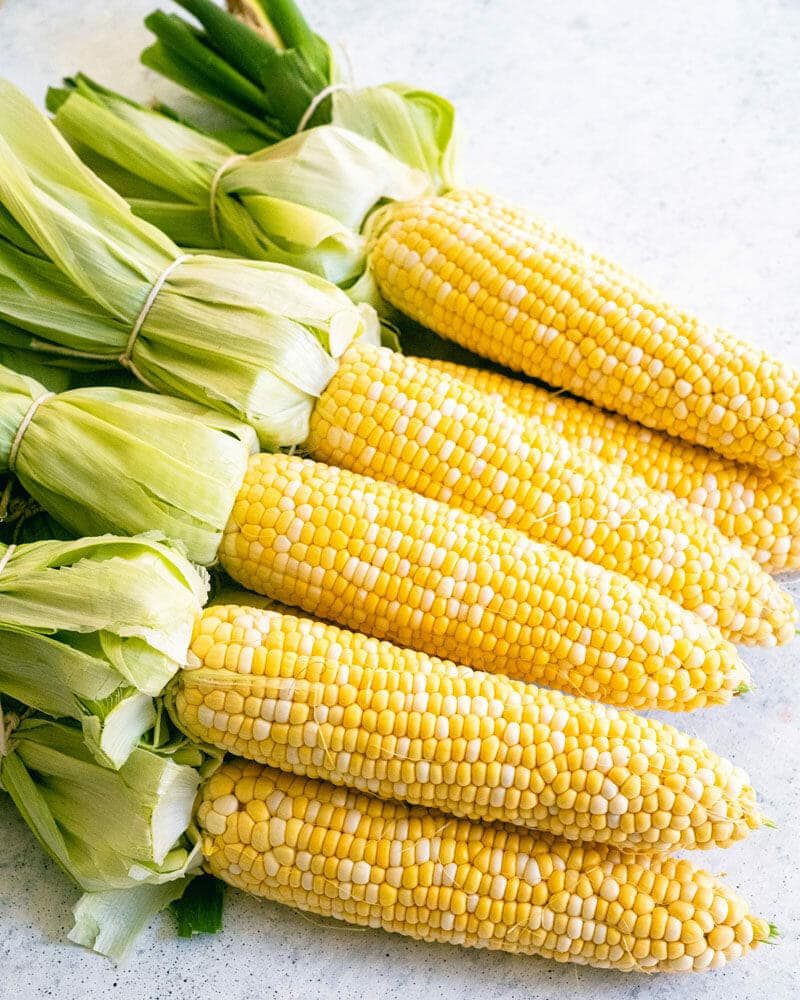
This corn soup recipe is…
Vegetarian, vegan, plant-based, dairy-free, and gluten-free.
Print
Fresh Corn Soup
 Prep Time: 15 minutes
Prep Time: 15 minutes Cook Time: 20 minutes
Cook Time: 20 minutes Total Time: 35 minutes
Total Time: 35 minutes Yield: 4
Yield: 4- Diet: Vegan
Description
This simple corn soup is a seasonal way to enjoy fresh corn! The sunny flavor is sweet and nuanced, and it’s full of healthy vegetables.
Ingredients
- 6 large ears corn (about 4 cups corn kernels, cut off the cob)
- 1 cup diced white onion (1 medium white onion)
- 2 celery ribs
- 4 garlic cloves
- 1 pound red potatoes
- 2 tablespoons olive oil
- 2 tablespoons butter (substitute olive oil or coconut oil for vegan)
- 4 cups vegetable broth
- 2 cups water
- 1 teaspoon each dried thyme, dried basil, and dried oregano
- 1 teaspoon kosher salt
- Fresh ground black pepper
- For the garnish: sour cream or vegan sour cream (optional), cheese (optional), chopped red pepper or tomato, thinly sliced shallot or chives, torn basil, etc
Instructions
- Cut the corn off of the cob. Optional: To infuse even more corn flavor, make a quick corn broth by placing two of the cobs with corn cut off in a medium bowl. Cover with 2 cups boiling water (it’s easy to use a teapot to heat), then let it sit until adding the water in Step 4.
- Finely dice the onion. Chop the celery. Mince the garlic. Finely dice the potatoes.
- Heat the olive oil and butter in a large pot over medium heat. Add the onion and celery cook until softened, about 5 minutes. Add the garlic and cook additional minute.
- Add the corn, potatoes, broth, water, thyme, basil, oregano, and kosher salt and bring the pot to a boil. Once boiling, simmer 10 to 12 minutes until potatoes are soft. Taste and add up to another 1/2 teaspoon kosher salt and some fresh ground black pepper to taste.
- Blend partially with an immersion blender so it’s partially creamy and part chunky, or transfer to blender and pulse several times (taking care of the hot soup). You can also eat as is for a broth texture, or fully puree for a completely smooth texture.
- Serve warm, with the garnishes. Add sour cream or cheese for a more filling bowl, if desired.
 Category: Main Dish
Category: Main Dish Method: Stovetop
Method: Stovetop Cuisine: Soup
Cuisine: Soup
Keywords: Corn soup
A Couple Cooks - Healthy, Whole Food, & Vegetarian Recipes
from A Couple Cooks https://ift.tt/3hJQjlP







